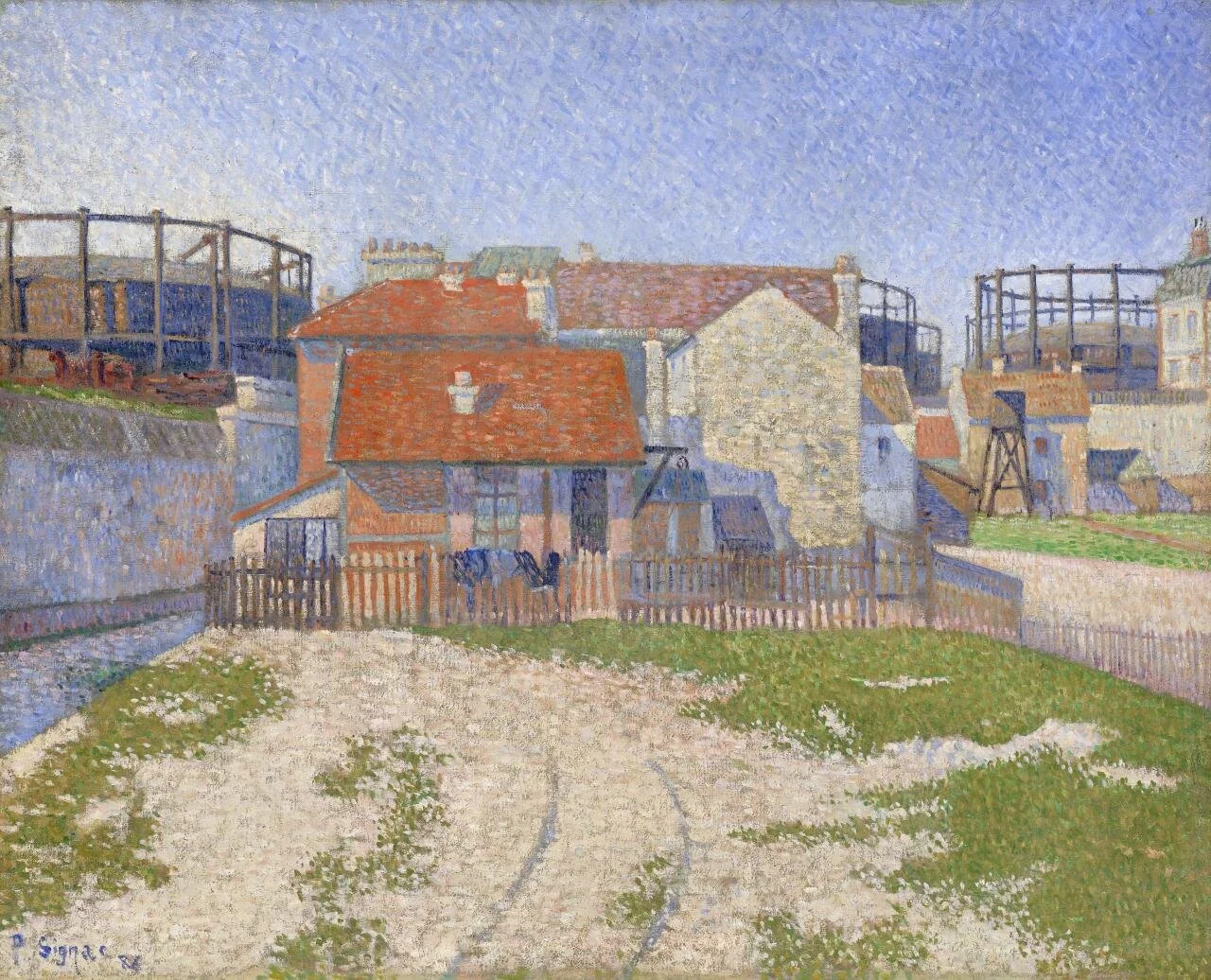By the early 1880s there was already a crisis in Impressionism. Although not formally affiliated with the Impressionists, Edouard Manet died of gangrene at a fairly young age early in 1883. The Last Impressionist Exhibition occurred in 1886. Monet and Renoir chose not to participate; their goals for art had changed and they did not feel connected to many of the painters who had more recently joined the Impressionist exhibitions. We will look at their mature work , and that of Degas, in our final session. At the 1886 exhibition the show stopper was Georges Seurat’s Sunday Afternoon on the Grande Jatte. Seurat and his circle developed a scientific method of applying color in dots, requiring the eye to blend. 1886 is also a period that sees the rise of Paul Cézanne, a painter who exhibited with the first Impressionist Exhibition, and by 1885 was increasingly focused on the structural brushstroke evident in his many versions of Mont Saint-Victoire (this link is to the Barnes version of 1892-1895). Finally, critics focused on the work of Paul Gauguin, whose paintings of Breton peasants and visions of a paradise in Tahiti would garner considerable attention in the 1890s.
